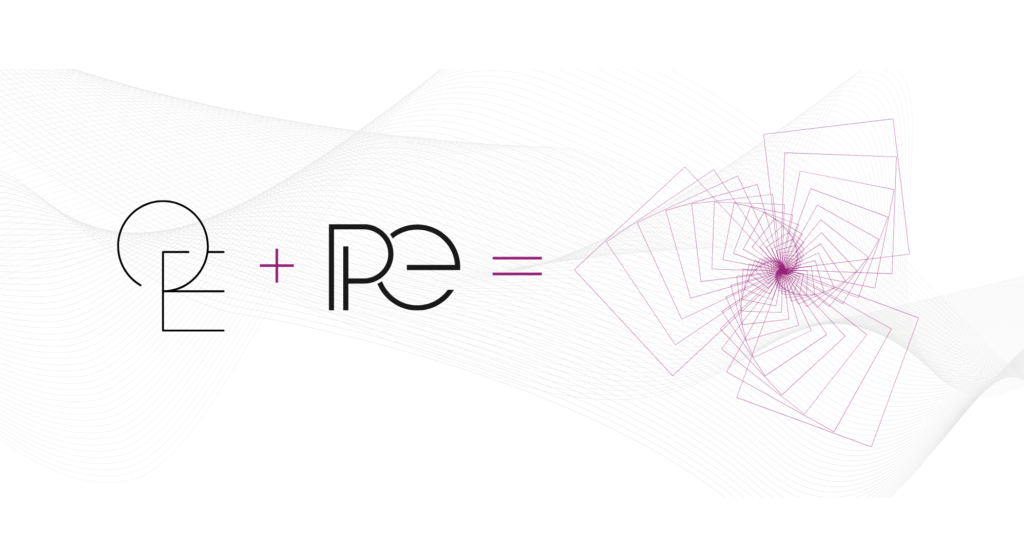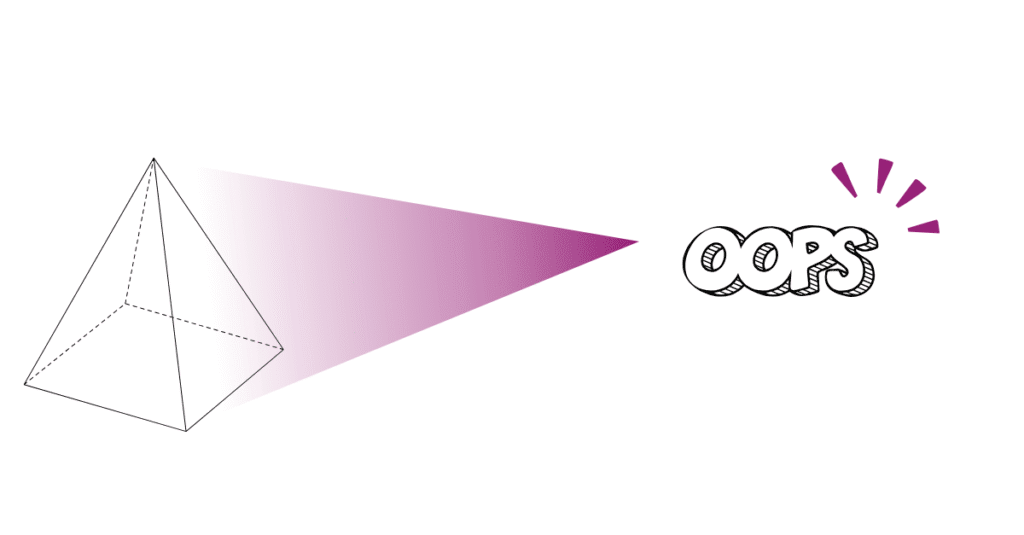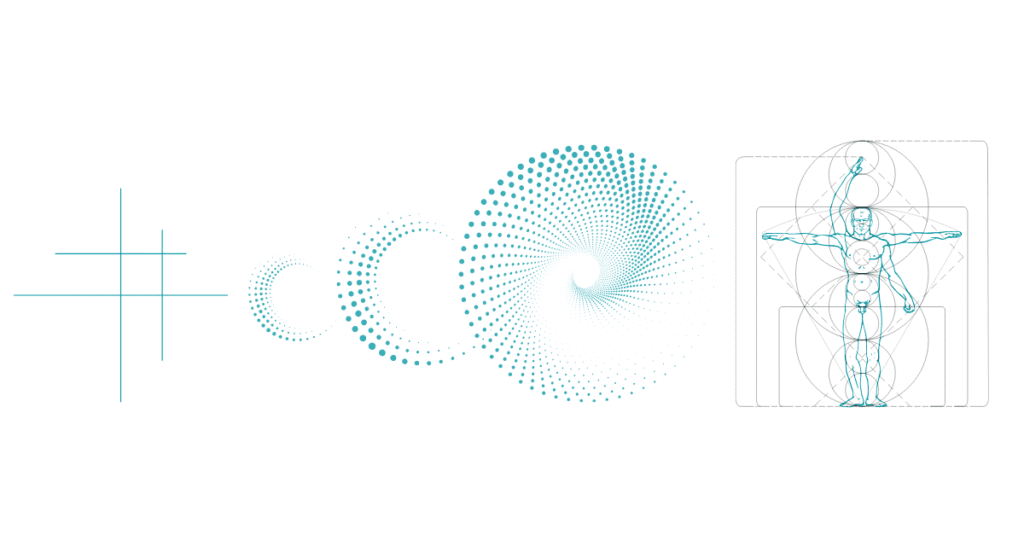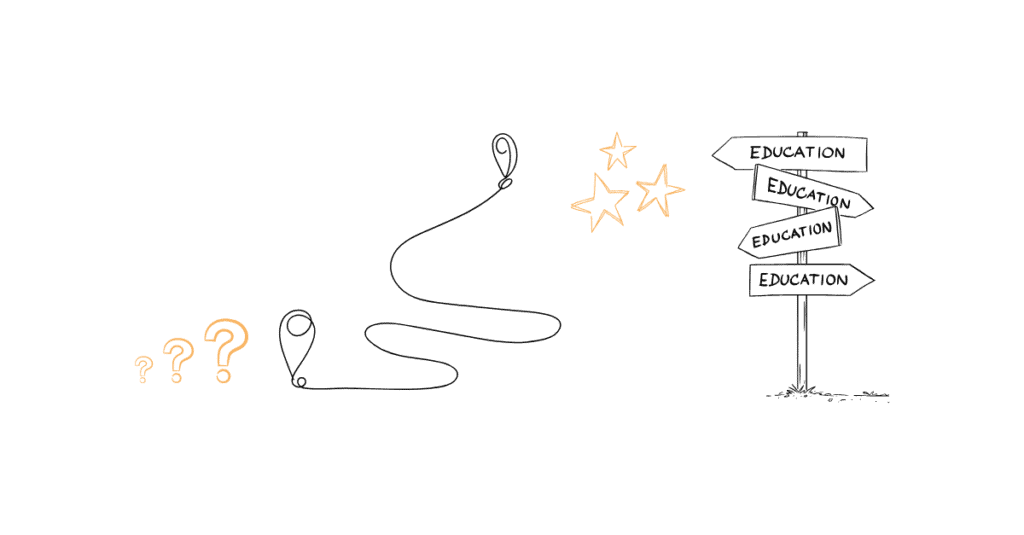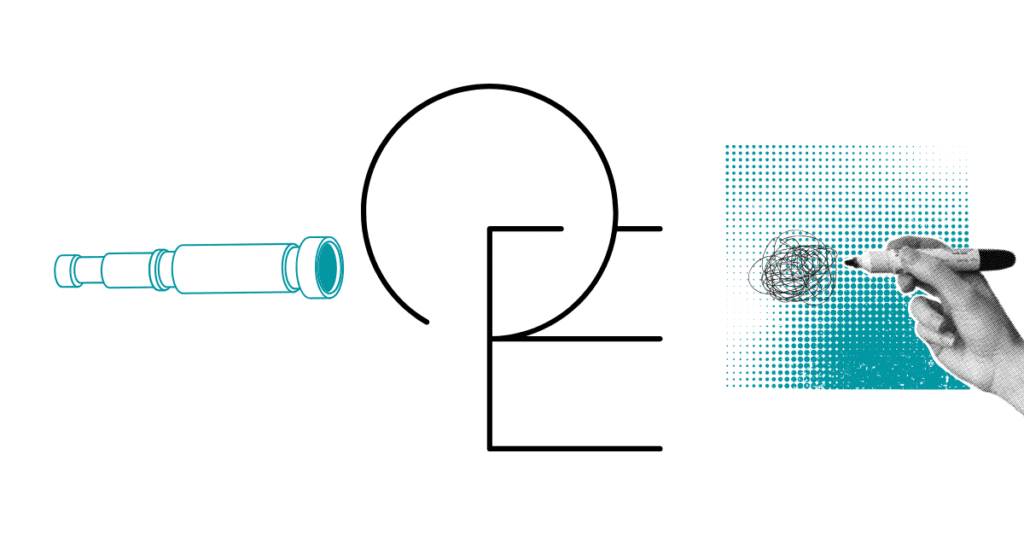A weekly team meeting. On the agenda is a well-known problem. Well-known because it is the kind of problem that comes up again and again and is never really solved. Now the same people put their heads together and discuss (the same) solutions. All of them have been tried, none of them have ever worked sustainably. A perspective change is missing.
Each person represents a perspective. Depending on gender, education, cultural background, personal experiences, beliefs and values, this perspective is individual and thus different from the perspectives of others.
From their individual perspectives, the team now looks at the problem and tries to be creative and find possible solutions. But they don’t succeed.
Why?
To achieve creative problem solving – that is, to make connections where there have not been any before – certain conditions are necessary: psychological safety, that is, a culture in which everyone is safe from embarrassment, hurt or attack (Amy Edmondson) and is therefore able to express even ‘crazy’ ideas without them being immediately judged and evaluated; a state of mental relaxation and playfulness; diversity in idea generation and divergent thinking (HBR).
One way to stimulate playfulness, break up familiar, unconscious thought patterns, and make new connections is to adopt conscious shifts in perspective. If you always look at a problem from the same direction, you never see the whole picture, and if everyone is sitting on the same side of the problem, you miss the perspective from the opposite side.
Changes in perspective are a powerful way to give thinking a new direction. Coaching is a process of working intensively with these shifts in perspective. Teams and leaders can also learn from and adapt this tool. We distinguish between two forms of perspective change:
Spatial changes of perspective.
Everyone knows the story of the elephant that different blind people touch. One the foot, one the trunk, one the tail, etc. – and each of the blind people creates a different interpretation of the object. No one has the opportunity to see the entire ‘object’ elephant, to walk around it and get a complete picture.
This is how many teams encounter their problem: their perceptions are limited, but they still create an interpretation – which they then believe to be reality. And – to stay with the metaphor – everyone touches the foot and thinks the object is a tree.
Changes in perspective now help to enable more perception and create further interpretations. In dialogue, this can even result in a very comprehensive picture.
Spatial perspective shifts occur when someone puts themselves ‘in someone else’s shoes’. A coach enables this by asking smart questions:
“How do you think her colleague feels about the problem?”
“How do you think her boss feels about this situation?”
“What conclusions might her partner come to?”
These circular questions introduce shifts in perspective; metaphorically, the person gets up from their chair and sits in someone else’s chair – changing their perspective.
This chair can even take on real meaning. In coaching processes, an empty chair is often used, which embodies another person (or another part of the personality) and on which the client sits down again and again. In this way he can even have a dialogue with himself, i.e. bring two parts of his personality into contact with each other.
In a meeting, a chair could be reserved for the client or persona in question. The chair becomes the representative and can also be used by all participants as an option to take on the perspective of the customer.
According to the service-dominant logic (Vargo & Lusch ) the real value of a service (or a problem solution) cannot be thought of without including the user as a co-creator. Thus, if a team fails to arrive at a solution, it is likely that important perspectives are missing. The team should then start by asking this question: “What perspective is missing to solve the problem sustainably and create value (for the user)?”
Here we would like to introduce another playful method to help a team change perspectives: TRIZ, a Russian acronym that stands for ‘Method for Creative Problem Solving’. TRIZ can be applied in the face of a difficult situation, problem, crisis, etc., and consists of three questions (and two shifts in perspective):
1️⃣ Make a list of all the things you can do to achieve the worst possible outcome in this situation (problem, crisis, conflict) (first change of perspective).
2️⃣ What from this list are we already doing?
3️⃣ What can we do to stop doing these destructive things? (second change of perspective)
TRIZ is surprising because it asks a completely unexpected question, offers a new perspective, and thereby leads to options for action in the next steps. It is also fun. If you want to get to know TRIZ and try it out, here is a guide to this method of creative problem solving.
Temporal change of perspective
The temporal perspective shift is another way of looking at a problem in a new way. In this process, a person or a group mentally takes a position in the future (or past) and looks at today (the problem). Looking from the future now allows us to see the next steps and where these steps lead – into the future.
In many workshops we use this to create a vision for a team and call the exercise ‘Future Group’. In this, 2-3 volunteers in the team will take a position on one side of the room that is marked as ‘future’, meaning a point in time 3, 5 or 10 years from now.
From there you now look at the situation today, at the problem, at a latent or acute crisis. You now start to describe how the world could be in 3,5 or 10 years. The crisis had been overcome, the problem had been solved. What will the world look like then? What ‘desirable future’ does the Future Group describe?
In the second step, they mentally go back step by step and describe what happened before this desirable future became reality. What step happened before that? And before that? And before that? Until they finally arrive at today.
In coaching, one intervention is called a ‘wonder question’ and works the same way: the client comes with a problem, and the coach now initiates a change of perspective, simplified with the prompt:
“Imagine you wake up tomorrow and the problem is gone. What exactly has changed?”
By now describing the specific change from tomorrow to today, the client begins to see more things and explore new possibilities for action. Changing the perspective broadens the view and makes us able to act (again). New ideas and approaches to solutions emerge. There are no guarantees, but more possibilities.
Changing perspective in organisations
The team described above, with its old familiar problem, could help itself by consciously adopting different perspectives. One:r might start asking circular or provocative questions:
“How would our customers describe the problem? Is it even a problem for you?”
“Whom is this problem actually serving?
“What are we avoiding by not solving this problem?”
The group could also work with creative structures to arrive at new solutions, such as the TRIZ method mentioned above. It could make temporal shifts in perspective and look at the problem (and its steps toward a solution) from the future.
Last, organisations can also naturally provide more perspective by increasing diversity in the team. This means diversity in terms of gender, background, culture and other factors, but also bringing more disciplines or functions into the problem-solving process, i.e. working cross-functionally and inviting members of other departments.
Engineers can benefit from bringing in other internal functions such as sales managers, marketers, data scientists, a production manager or a female buyer as needed when a problem arises. Or employees from different levels of the hierarchy working together on a problem.
Hierarchical silo structures are the biggest inhibitor of creative problem solving for companies: they prevent new perspectives, diversity and creativity – by the way, already described in our article about “Why your company wastes intellectual capital”.
Further resources:
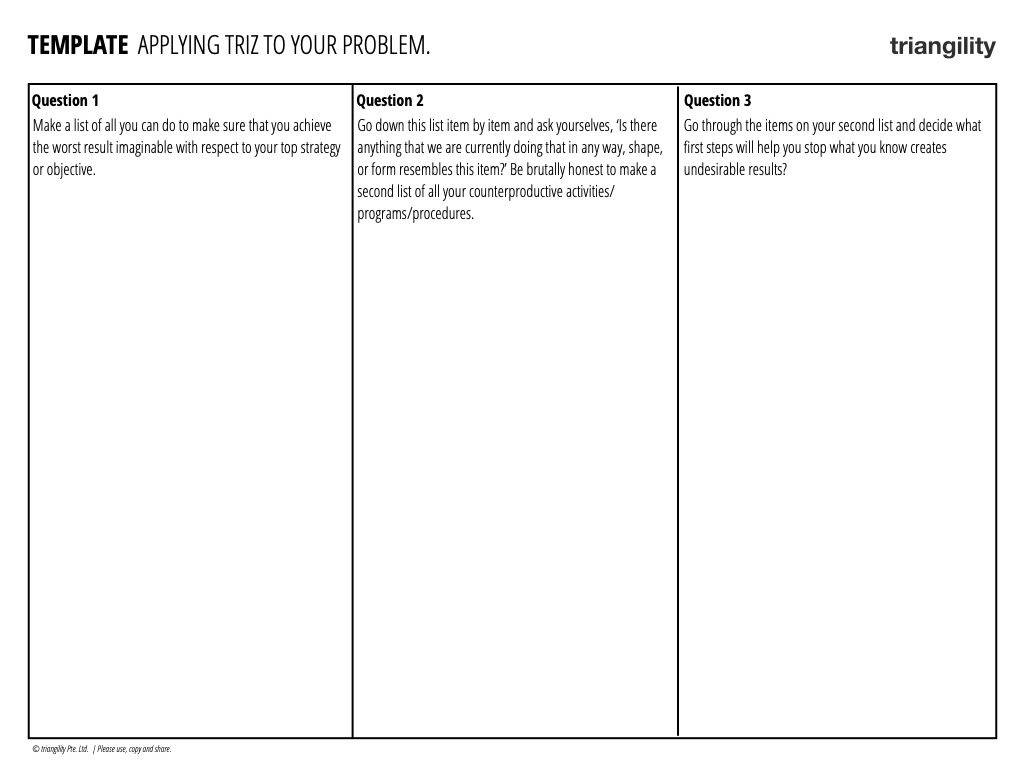
Here you find our TRIZ template for free download.
You are currently viewing a placeholder content from YouTube. To access the actual content, click the button below. Please note that doing so will share data with third-party providers.
More InformationWatch this video with Robert Lusch talking and explaining service-dominant logic.


